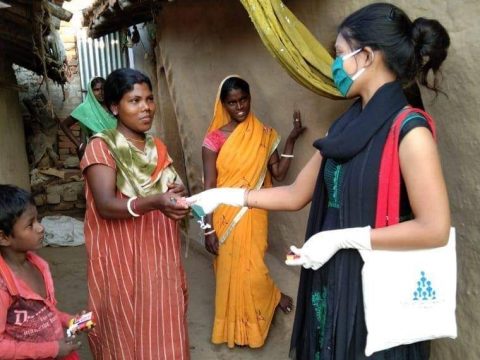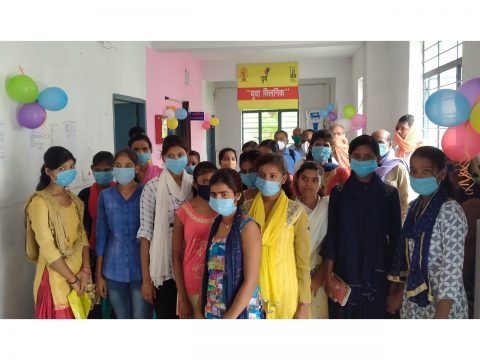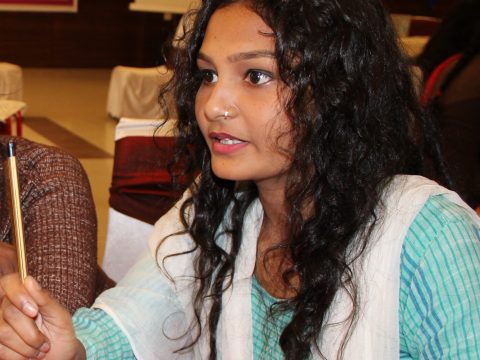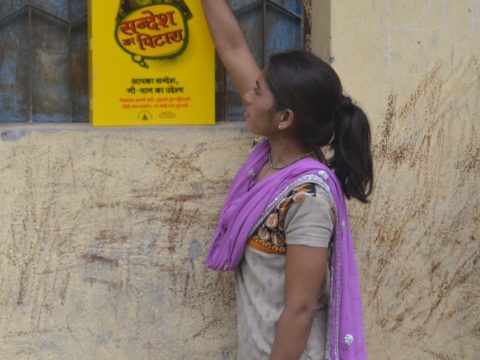What is family planning? Where can I find family planning clinics? What are the family planning methods available? These are questions you probably had and wanted to ask someone. It would please you to know that it is not only you! These also are the top three questions worldwide regarding sexual health according to Google Trends.
It is no surprise that social media rules today’s world. The internet, platforms and communities living within have transformed the way we connect and communicate. This has reached every industry and topic surrounding us.
When it comes to sexual healthcare and family planning (FP), there’s been a change of paradigm too. In previous decades and before a global pandemic, the healthcare system was a know-it-all service centered on treating diseases. In today’s digital age, people have been given the power to engage in conversations with experts, voicing their needs and experiences. We’ve been introduced to terms such as ‘informed consent’, recognizing the need to restructure health services, so they are organized around the individuals seeking selfcare options that adapt to their lifestyles, rather than focusing on the diseases only.

Social media’s potential goes beyond interactions – it is a dynamic tool that can help us to integrate people-centered sexual healthcare services and information to empower them to take charge of their own health, and have the education and support they need to make informed decisions. As the study, Digital health is a cultural transformation of traditional healthcare, shares: “advanced medical technologies, disruptive innovations and digital communication have gradually become inseparable from providing best practice healthcare”.
In this blog, we’ll explore how social media can be made most effective to empower individuals with knowledge and choices regarding their sexual and reproductive health.
1. Stories are key
Since we’re living in the era of bitesize content and our attention span is divided into million contents, engaging your audience nowadays can be tough. However, when creating content you tailor it to your audience; it will resonate with specific cultures and languages. Making your communication effective as well as relatable and respectful.
Once you’ve covered this message, it is time to ask, how can I make this message compelling? Storytelling is always key and a great way to introduce empathetic, relevant and engaging perspectives.
When using storytelling to talk about family planning, you focus not only on the quality of your content, but in the narrative that surrounds it. Creating content from unique perspectives generates trust among the audience and increases the chances of them sharing it as well as taking action on it.
For example, this blog post on Contraception & Sexual Citizenship for Disabled Folks. Disability and sexuality is still a topic lacking representation and will show you a perspective from a Sexuality Educator & Disability Rights Advocate, which makes the content truthful and necessary.

2. Direct communication
Not only were audiences given a voice with social media, experts, organizations and platforms can also take advantage of these channels and the bidirectional communication they provide. Using tools such as live sessions, stories and polls, sexual health experts can provide their opinions on specific questions as well as interact with the audience. Knowing their perspective as reliable sources of information, dismantles obstacles to accessing healthcare services and has the potential to motivate people to seek family planning alternatives.
When generating these conversations it is fundamental to know your audience and hear their necessities in order to give them answers that will resonate with their reality and increase the chances of them taking action with all the information on their hands. This is an excellent opportunity to pass from awareness to direct users to professional guidance.
One trending strategy for this type of consultancy is the use of healthbots, meaning chatbots used by health-focused platforms to facilitate the communication once the social media traffic has paid off and moved your audience from your channel to your platform.

3. Sense of community
The internet has long evolved since it first started, and what gave it the push to grow is the creation of communities and large-scale interconnection they provide. People turn to social media to start new conversations as well as get information.
The success of creating content approaching sexual healthcare is focusing on collaboration within platforms, users and specialists in order to put the well-being of people first. The interactive element of social media can help us make family planning not only informative, but enjoyable. Using elements like quizzes, memes and creative tools encourages the audience to stay and actually listen to your message.
When people see their curiosity fuelled by unique answers, positive feedback and group support they’re more likely to be inspired and start new behaviors and mindsets. Encouraging users to share their personal experiences and content can inspire others to take control of their sexual health too.
This content of Tips for remembering to take your contraceptive pill is an example. It is written for young women who stay active and want to improve their healthcare. The voice feels just as our target audience would talk and addresses a shared experience in a non-judgemental way, but as a peer encouraging you to make better decisions and improve their health by giving them agency.

In the end, as Muhammad Yunus (Nobel prize winner) once said, “while technology is important, it’s what we do with it that truly matters.” Advocating for sexual healthcare and rights can be fun and creative too. Your audience will appreciate your content if it’s made by a diverse, passionate team that knows them well.
Do you have something to share? Contact us on our social media platforms: Facebook, Instagram, Twitter, YouTube and TikTok, send us an email to info@findmymethod.org. For more information on contraception, visit findmymethod.org.
This post has been published as part of a knowledge sharing initiative with Women First Digital.





